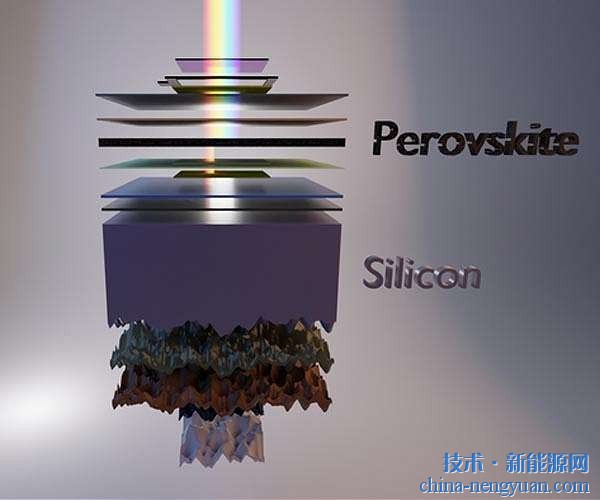Non-fullerene Full Small Molecule Solar Cell Materials and Performance Schematics The solution-processable bulk heterojunction solar cell has the advantages of light weight, low cost, and the use of a solution printing method to prepare flexible large-area battery panels, and has become a research hotspot in the field of new energy research in recent years. The bulk heterojunction solar cell active layer consists of a solution processable conjugated polymer or small molecule donor and acceptor blend. Among them, electron acceptor materials prepared with fullerenes and their derivatives have made great contributions to the development of organic solar cells, but such materials also have their own defects, such as the synthesis of C60, C70 and the preparation of fullerene derivatives. The raw material cost of the material is high, and preparation and purification are difficult; absorption in the visible light region is weak and it is difficult to widen. Therefore, researchers have synthesized many non-fullerene polymers and small-molecule acceptor materials and widely used them in organic solar cells. Small molecular materials have a definite molecular structure, and there is no batch-to-synthetic difference. Therefore, the research of organic small molecule solar cells has attracted widespread attention. In recent years, the energy conversion efficiency of fullerene receptor-based small molecule solar cells has been comparable to that of polymer solar cells, but the performance of small molecule solar cells fabricated with non-fullerene acceptor materials is poor. So far, only 7% energy conversion efficiency has been achieved for non-fullerene small molecule solar cells. Given that non-fullerene small molecule solar cells have the dual advantages of non-fullerene acceptor materials and small molecule donor materials, their research will become an important topic in the field of organic solar cells. However, high-efficiency non-fullerene small molecule solar cells face enormous challenges compared to non-fullerene polymer solar cells and small molecule fullerene solar cells. First, non-fullerene acceptor materials have an anisotropic conjugated backbone and ultrafast charge transfer, which is largely influenced by the intermolecular stacking of the receptors; however, the method of modulating intermolecular packing remains unclear. Second, the phase separation morphology of the small molecule active layer and the photovoltaic performance of the small molecule solar cell are more sensitive to device preparation conditions; therefore, although non-fullerene small molecule solar cells have non-fullerene acceptor materials and small molecule donors The dual advantages of materials, but the preparation of high-efficiency non-fullerene small molecule solar cells still has great challenges. Institute of Polymer Physics and Academia Sinica, Institute of Polymer Physics and Chemistry, Hou Jianhui's team has designed and synthesized an ADA molecule with three 2-D alkylthiophene-substituted BDT as the central unit and 3-ethyl-rhodanine-terminated ADA molecule, DRTB. -T (see figure below). DRTB-T has an optical band gap of 2.0 eV and a HOMO energy level of -5.51 eV. Using DRTB-T as the donor and IC-C6IDT-IC as the acceptor, non-fullerene small-molecule solar cells were prepared and their morphology was controlled by solvent annealing. Finally, the energy conversion efficiency was 9.08%. This is the highest reported efficiency of non-fullerene small molecule solar cells. This study was recently published in the American Chemical Society (J. Am. Chem. Soc. 2017, 139, 1958-1966). V Opening Valve Balls,Stainless Three L Port Valve Spheres,Stainless Three T Port Valve Spheres,Stainless V Port Valve Spheres WENZHOU ZHENHONG VALVE BALL CO., LTD , https://www.zhvalveball.com